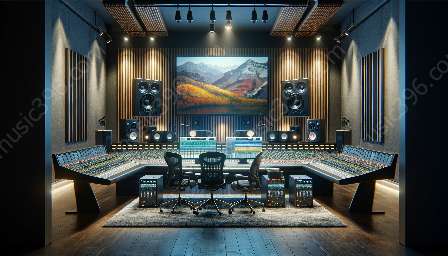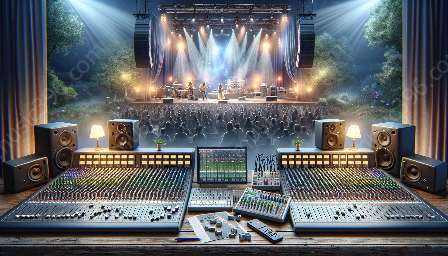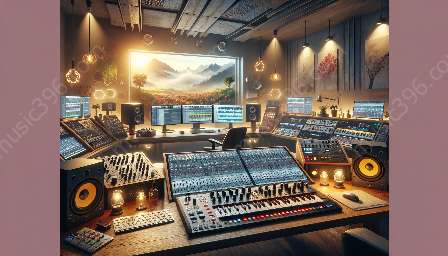Sound mixing and editing are critical components of the audio post-production process, ensuring that the final product meets the highest standards of quality and clarity. Equalization (EQ) plays a fundamental role in this process, allowing audio engineers to manipulate the frequency content of the sound to enhance its overall balance and tonal quality. In this comprehensive exploration, we will delve into the significance of equalization in sound mixing, its compatibility with CD & audio, and its impact on the final output.
Understanding Equalization in Sound Mixing
Equalization is the process of adjusting the balance between different frequency components within an audio signal. In sound mixing for audio post-production, EQ is used to shape the tonal qualities of the sound by boosting or attenuating specific frequencies. This enables audio engineers to address issues such as excessive bass, harsh high frequencies, or any inconsistencies in the frequency spectrum, ultimately creating a more pleasing and balanced sound.
Frequency Bands and Parameters
EQ typically operates across different frequency bands, which are categorized into low, mid, and high frequencies. Each band allows for the adjustment of frequencies within a specific range. Additionally, EQ parameters such as gain, frequency, and bandwidth (Q) provide precise control over the shaping of the frequency response, allowing for targeted adjustments to specific areas of the audio spectrum.
Impact of Equalization on Sound Quality
Through the application of EQ, audio engineers can significantly impact the perceived quality of sound. By carefully sculpting the frequency balance, EQ can bring out the natural characteristics of instruments and vocals, complement the sonic texture of the mix, and create a sense of spaciousness and depth. Furthermore, EQ is essential for addressing any tonal imbalances that may arise during the recording or mixing process, ultimately contributing to a more polished and professional sound.
Compatibility with CD & Audio Editing
In the context of CD and audio editing, equalization plays a crucial role in optimizing the sound for specific mediums and playback systems. By tailoring the frequency response to suit the characteristics of the final delivery format, such as CD or digital audio files, audio engineers can ensure that the mix translates accurately across various playback devices. This involves considering the frequency range and dynamic range limitations of the target medium, and making adjustments to the EQ settings accordingly.
Utilizing Equalization Techniques
There are various equalization techniques and approaches that audio engineers employ to achieve desired sonic results. This includes corrective EQ to address problematic frequencies, creative EQ for tonal shaping and character enhancement, and spectral balancing to ensure cohesiveness and clarity within the mix. Each technique serves a specific purpose in the sound mixing and editing process, allowing for a meticulous and precise treatment of the audio content.
Applications in Sound Design and Post-Production
Beyond traditional mixing scenarios, equalization also finds extensive use in sound design and post-production for film, television, gaming, and other multimedia applications. It enables sound designers and mixers to manipulate the tonal characteristics of sound effects and dialogue, create immersive sonic environments, and ensure that the audio elements blend seamlessly with the visual content.
Conclusion
In essence, equalization is an indispensable tool in the hands of audio professionals, offering unparalleled capabilities for enhancing the sonic landscape and achieving the desired tonal balance. Whether in the realm of sound mixing and editing, CD and audio post-production, or across diverse multimedia platforms, the role of equalization in shaping the overall sound quality cannot be overstated.






























